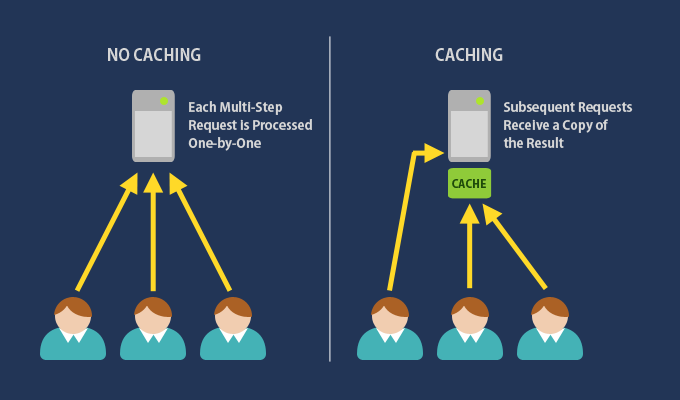
Liquid Crystal Display (LCD) is a type of flat-panel display technology that is commonly used in devices like televisions, computer monitors, smartphones, and other electronic devices. It utilizes liquid crystals combined with a backlight or reflector to produce images in color or monochrome. Here’s how LCD technology works and its features:
How LCD Works:
- Liquid Crystals: At the core of an LCD are liquid crystals. These substances have properties between those of liquids and solid crystals. The liquid crystals can change the alignment of their molecules when an electric current is applied.
- Polarized Light: LCDs work by manipulating polarized light. The display is made of two polarizing filters, which align the light. Between these filters are the liquid crystals, which can be controlled to either allow light through or block it.
- Backlight: LCD screens are illuminated by a backlight, typically made of LED lights, which shines through the liquid crystal layers. The liquid crystals control how much light passes through, which results in the image you see on the screen.
- Pixels and Color: LCDs are divided into a matrix of tiny squares called pixels, each of which is made up of three sub-pixels – red, green, and blue. By adjusting the voltage applied to each sub-pixel, the intensity of these colors can be changed to produce the full spectrum of colors.
Advantages of LCD:
- Energy Efficiency: LCDs are more energy-efficient compared to older CRT (cathode ray tube) displays.
- Compact Design: They are lightweight and compact, making them ideal for thin devices like modern monitors and TVs.
- Color Accuracy: LCD technology provides accurate color representation and a bright display, making it suitable for various applications.
Disadvantages of LCD:
- Viewing Angles: Traditional LCDs can have limited viewing angles, leading to color shifts or reduced image quality when viewed from the side. This has been improved in modern displays using in-plane switching (IPS) technology.
- Response Time: Some LCDs have a slower response time, leading to motion blur, which can be an issue in fast-paced video content or gaming.
- Contrast Ratio: The contrast ratio of LCDs is generally lower compared to other display types, like OLED, which can result in less deep blacks.
Types of LCD Technology:
- Twisted Nematic (TN): One of the oldest and most basic types, TN displays are cost-effective and have quick response times but poor viewing angles.
- In-Plane Switching (IPS): IPS LCDs offer better color reproduction and wider viewing angles compared to TN panels, making them ideal for graphic design and content consumption.
- Vertical Alignment (VA): VA panels provide better contrast ratios than TN and IPS, with deeper blacks and good color reproduction, though they can be slower in response time.
Common Applications of LCD:
- Consumer Electronics: Smartphones, tablets, and laptops.
- Televisions and Monitors: Popular for computer monitors and TVs due to the balance of cost, size, and performance.
- Instrument Panels: Used in cars, airplanes, and medical devices for clear, bright displays.
LCDs have evolved significantly since their inception, with improvements in color accuracy, viewing angles, and efficiency, making them a popular choice across numerous applications.







